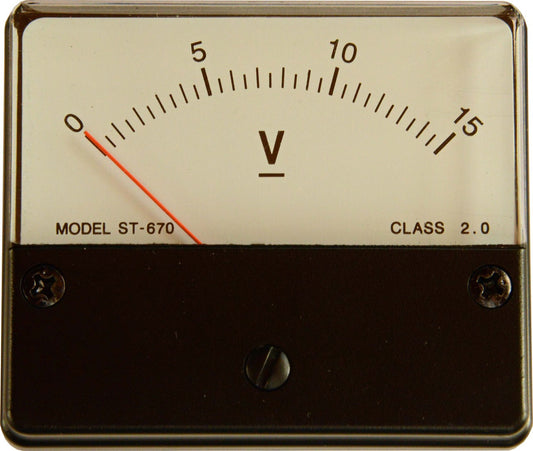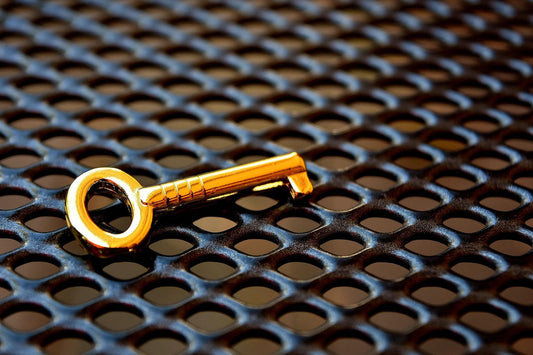What isn't happening
by Paul McGowan
I received a number of comments on my post about Ethernet cables and how the bits cannot care about the wire. Indeed, many of you wrote me with questions about the clock signal, jitter and so on. I'll explain that in a moment, but I'd like to get one thing straightened out. The fact that many hear differences in Ethernet cable types has nothing to do with the bits themselves. Trust me on that. But that doesn't mean there can't be other reasons the cabling can sound different. One fact does not the other make true.
There are no clock signals traveling in network traffic on an Ethernet cable. Unlike what you might encounter on a coax, TOSLINK or I2S connection of digital audio, which looks like a long unbroken train traveling down the tracks, network audio is more like street traffic in India: Helter Skelter.
"Normal" S/PDIF traffic fits the train analogy very well. It is presented in a long and unbroken stream with very accurate timing required. Each of the "cars" in this long train must arrive at the station precisely on time to work right. Timing is critical to S/PDIF, I2S and USB (although USB is a whole other story).
But network traffic is, as I mentioned, like what you see on the streets of New Delhi: chaos. The individual "cars" are going every which way with no seeming order to their direction: each finding the shortest path towards the destination in the middle of a crowded street. The packets on the network compete with everything else on your network and run every which way to get there. Only at the end are these "cars" (packets) gathered together, sorted out and lined up properly for presentation to the gatekeeper in the DAC.
The medium they travel over doesn't matter to these packets. If one route has potholes in the street or crowded areas, no worries, those packets take a little longer. Better copper (new paved streets) won't get you anything of value. However, all that said doesn't mean that different Ethernet cables cannot (therefore) sound different in the system. One does not necessarily equal the other.
There's ample evidence that injecting noise into a DAC or network player can have a sonic effect, for example. If the input isn't handled correctly, all those crazy packets can wreak havoc on the DAC's power supply and that power supply can then cause timing issues elsewhere when timing IS important to the system.
It all matters, I just wanted to make sure everyone understood what isn't happening and why.
- Choosing a selection results in a full page refresh.
- Opens in a new window.








